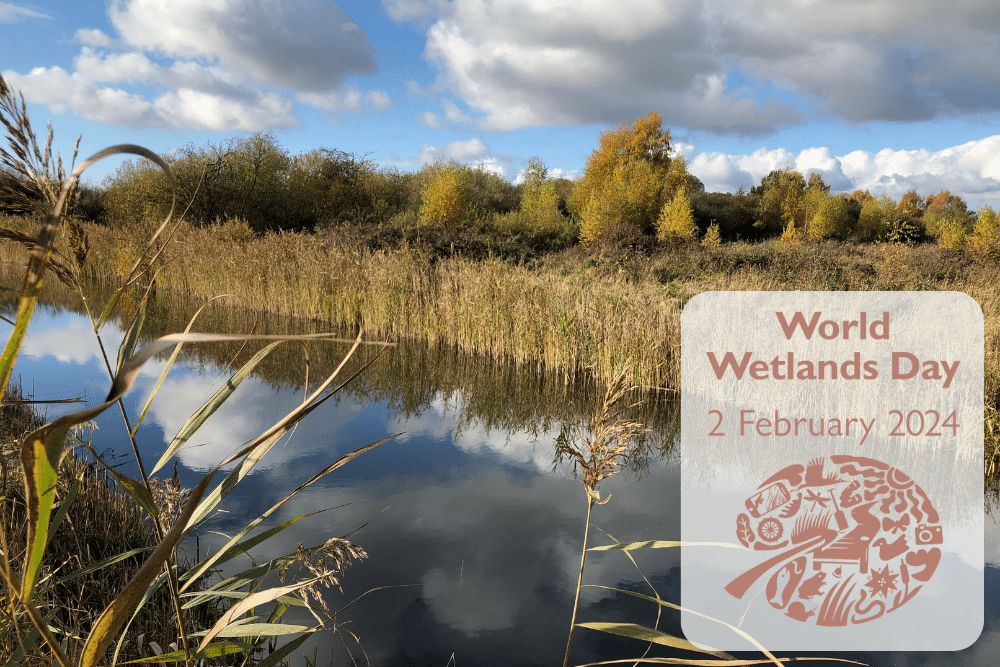
The value of wetlands for our mental health
Wetlands are some of the most productive and biodiverse ecosystems on Earth, from lakes, rivers and peatlands to estuaries, mangroves and saltpans. They have huge social, cultural and economic significance for people everywhere. Not all of us rely directly on wetlands for our livelihoods, food and water, but we still benefit indirectly from wetland’s amazing capacity to mitigate floods, sequester carbon and protect us from storm surges.
In the UK, wetlands support some of our most threatened bird species, like Bewick’s Swan, Lapwing and Yellow Wagtail. But in today’s blog, we wanted to reflect on the value of wetlands for our own well-being – specifically, our mental health and our feeling of being ‘connected’ to nature.
With so many stories about the climate and biodiversity crises, immersing ourselves in nature gives us a sense of optimism and hope, and helps us to continue our work to secure the future of birds in the UK.
With so many stories about the climate and biodiversity crises, immersing ourselves in nature gives us a sense of optimism and hope.
Katharine Bowgen – Research Ecologist, BTO Cymru
I only really came to understand what ‘proper’ wetlands were a few years after I started my career in ornithology. It happened when I was still a lowly field assistant, wandering through these amazing environments – where the water and land meet and overlap into each other, providing habitats for all sorts of species.
Being a wader ecologist now, I fully appreciate how important these areas are and what they can bring to the ecosystems around my own study species, like Curlew. But for me personally, there is something quite comforting and enveloping about being in the middle of a saltmarsh in the early morning, lying down low to the ground (well waterproofed up!), listening to the stunning array of sounds and species moving around me.
My mental health gets a little boost at times like these, knowing that the natural world is around and teeming with life. It is easy to find yourself feeling low from the constant worries about what is happening to our world, so it is important to appreciate moments like these to remind yourself of what ‘nature’ is.
The concept of ‘forest bathing’ to improve your well-being is one that I feel can be moved to any landscape that holds importance for you and is full of wildlife. I try and keep little mental images for when I need them the most – when I’m feeling stressed or down, or in need of some peace.
This is the image I’m immersing myself in today: “crouching on the edge of a mudflat, between the sea and the saltmarsh as hundreds of small waders fly and swoop overhead, looking for a good spot to settle ... the sound of their wings is almost as loud as their piping calls, and with the fresh air buffeting both them and me, I feel alive. ”
Crouching on the edge of a mudflat, between the sea and the saltmarsh ... with the fresh air buffeting me, I feel alive.Katharine Bowgen – Research Ecologist, BTO Cymru
Steve Willis – Development and Engagement Coordinator, BTO Scotland
As a keen canoeist, I’m lucky to have numerous lochs and rivers on my doorstep here in Perthshire. I try and get out as often as I reasonably can, year-round.
A canoe is a fantastic means to explore watery landscapes. You can glide through shallows, bounce your way down easy rapids (and hopefully not take on too much water!) and silently make your way along wooded waterways, always looking and listening for some wildlife along the way.
I’ve shared the water with the occasional Otter, noisy and conspicuous birds like Dipper and Grey Heron. The real prize is the Kingfisher, most often given away by its loud, sharp call.
In a growing number of catchments that I frequent, there are signs of a new animal in the area – the Beaver! Finding their feeding signs is easy: chewed stumps and clean, neatly stripped branches often line the banks, and in places, you can pass by a sizeable lodge where the Beavers live. These wetland architects seem likely to bring numerous benefits to our wetland invertebrates and birds.
Canoes are very human-friendly too. With an experienced person in the back, you can introduce people young and old to the wonders of wetlands. Some of my most favoured memories are of being out on a river in summer with friends and their kids. Everyone is in and out of different boats, swimming, and generally larking about.
We all know about the biodiversity benefits of wetlands, and that they can help reduce flooding, that they can store carbon and clean water, but they’re good for our souls as well. So if you’ve got a wetland near you, go and sit by it. Take in the sights and the sounds and the smells and simply enjoy it.
We know about the biodiversity benefits of wetlands, and that they can help reduce flooding, store carbon and clean water, but they’re good for our souls as well.Steve Willis – Development and Engagement Coordinator, BTO Scotland
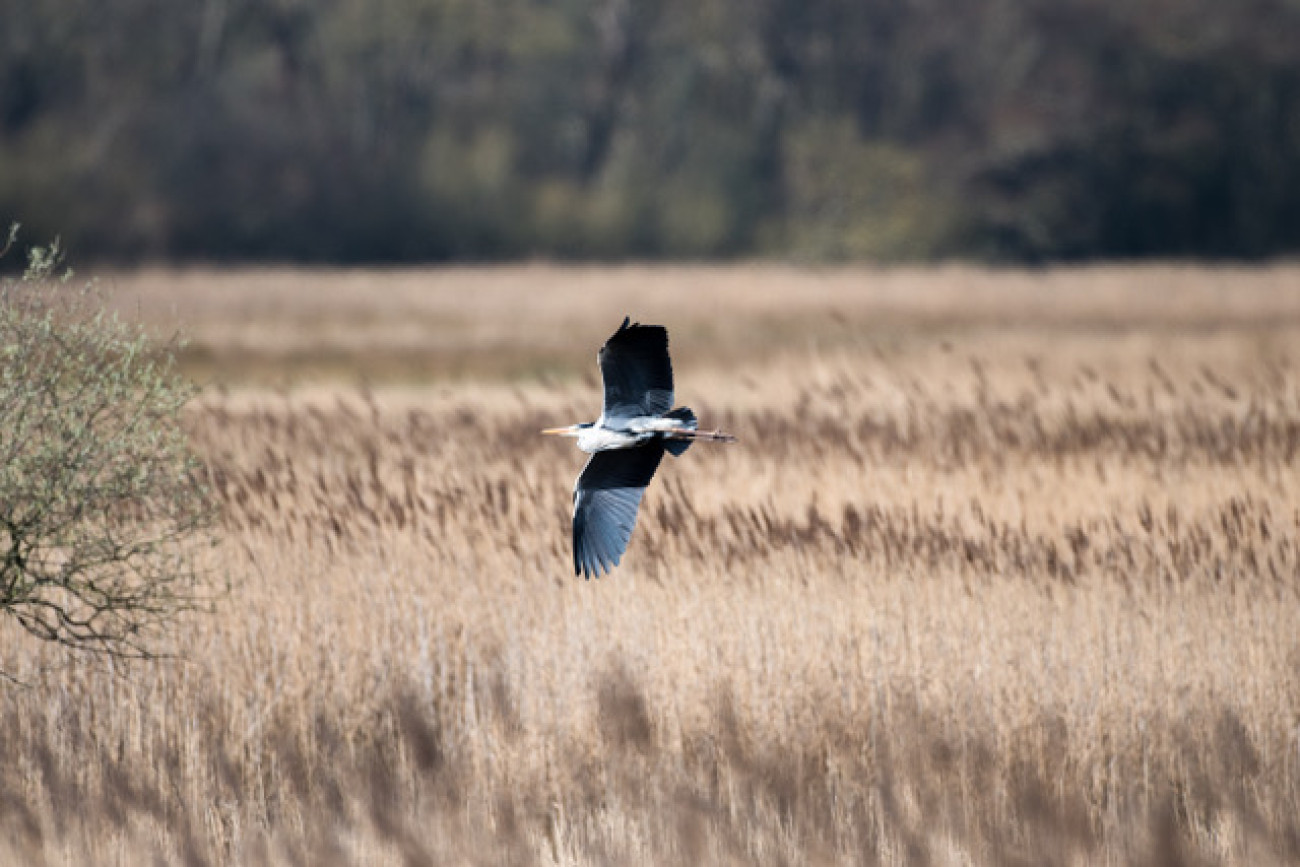
Our research on wetlands and wetland birds
From bird monitoring projects to peer-reviewed scientific publications and case studies, browse our work on wetlands and the birds that live in these special habitats.
- Learn more about our work on wetlands and wetland birds >
- Help us collect vital data about wetland birds >
- Attend an event about wetland birds >
Learn more about World Wetlands Day
World Wetlands Day is a United Nations International Day, organised by the Ramsar Convention on Wetlands Secretariat. The Ramsar Convention on Wetlands is an international treaty for the conservation and sustainable use of wetlands across the globe.
- Learn more about wetlands and their importance for human well-being >
- Learn more about the Ramsar Convention >


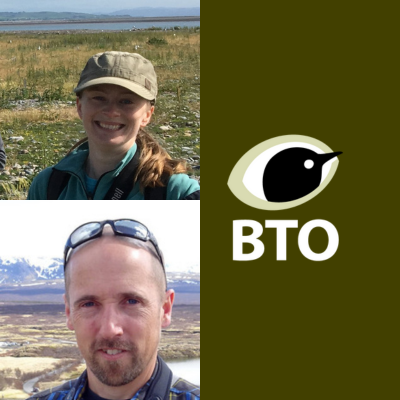



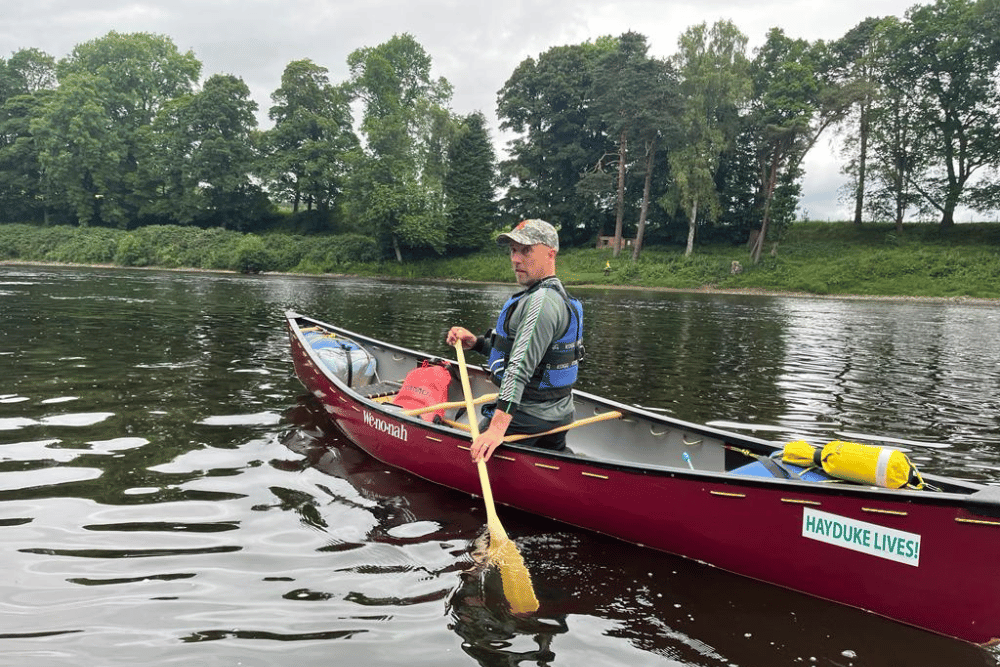
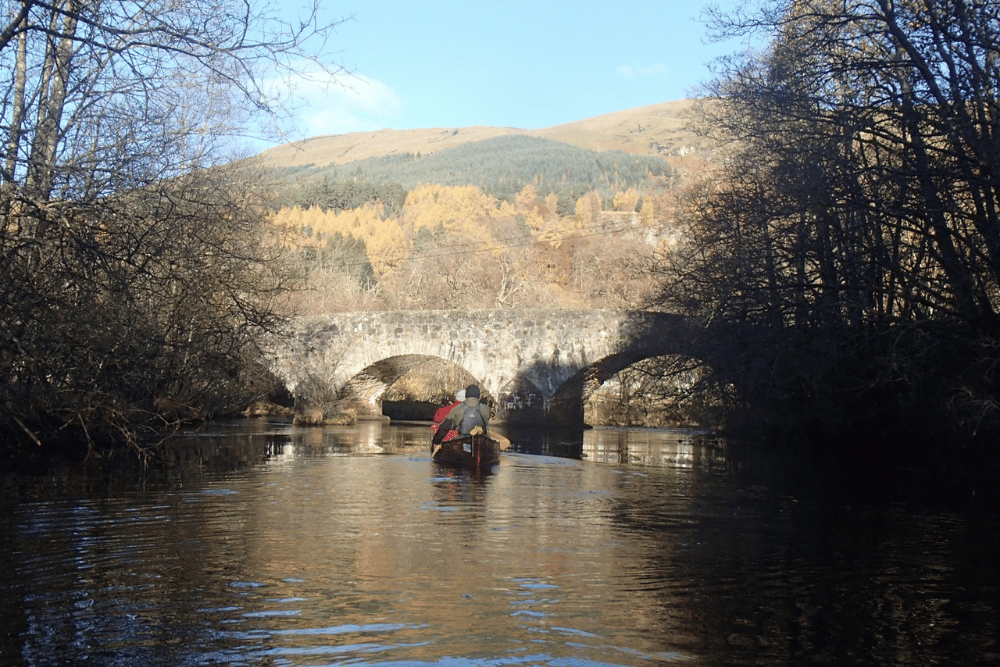
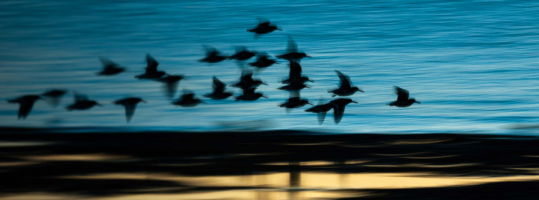
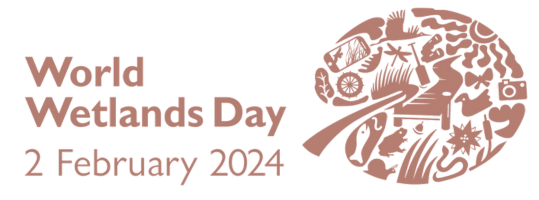




Share this page